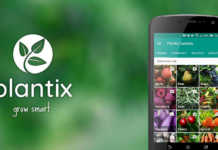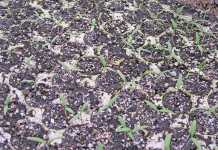Produce traceability makes it possible to track produce from its point of origin to a retail location. Traceability is an important link in protecting the public as it allows health agencies to more quickly and accurately identify the source of contaminated fruit or vegetables, remove the produce from the marketplace, and communicate with the supply chain.
Many processors are beginning to realise that traceability could soon be the minimum standard for doing business. Indeed, traceability systems have been obligatory for all businesses in the food chain in the EU since 2005. The EU directive requires businesses to be able to identify all suppliers of food, food products and feed, as well as all businesses to which they supply food or feed.
The information must be systematically stored so that it is available for inspection by authorities on demand.
Remote tagging of produce by radio
Radio-frequency identification (RFID) is a traceability system that includes the tag itself, a read/write device, and a host system app for data collection, processing and transmission. The tag itself consists of a chip, some memory and an antenna. ‘Active’ tags contain their own power source; ‘passive’ tags do not. The latter are briefly activated by a radio-frequency reader. The electric current is small – generally just enough for transmission of an ID number.
Active tags have more memory and can be read at greater ranges. Egg producers can take advantage of a new technology pioneered by US company Eggfusion. This uses laser-etching to apply a permanent, tamper-proof date and traceability code onto individual eggshells. Unlike labels on cartons, it allows processors to track each egg. Eggfusion can also place a logo or other information on the egg.
Visit capterra.com for the top food traceability software products.
Sources: techtarget.com; foodsafetymagazine.com.











